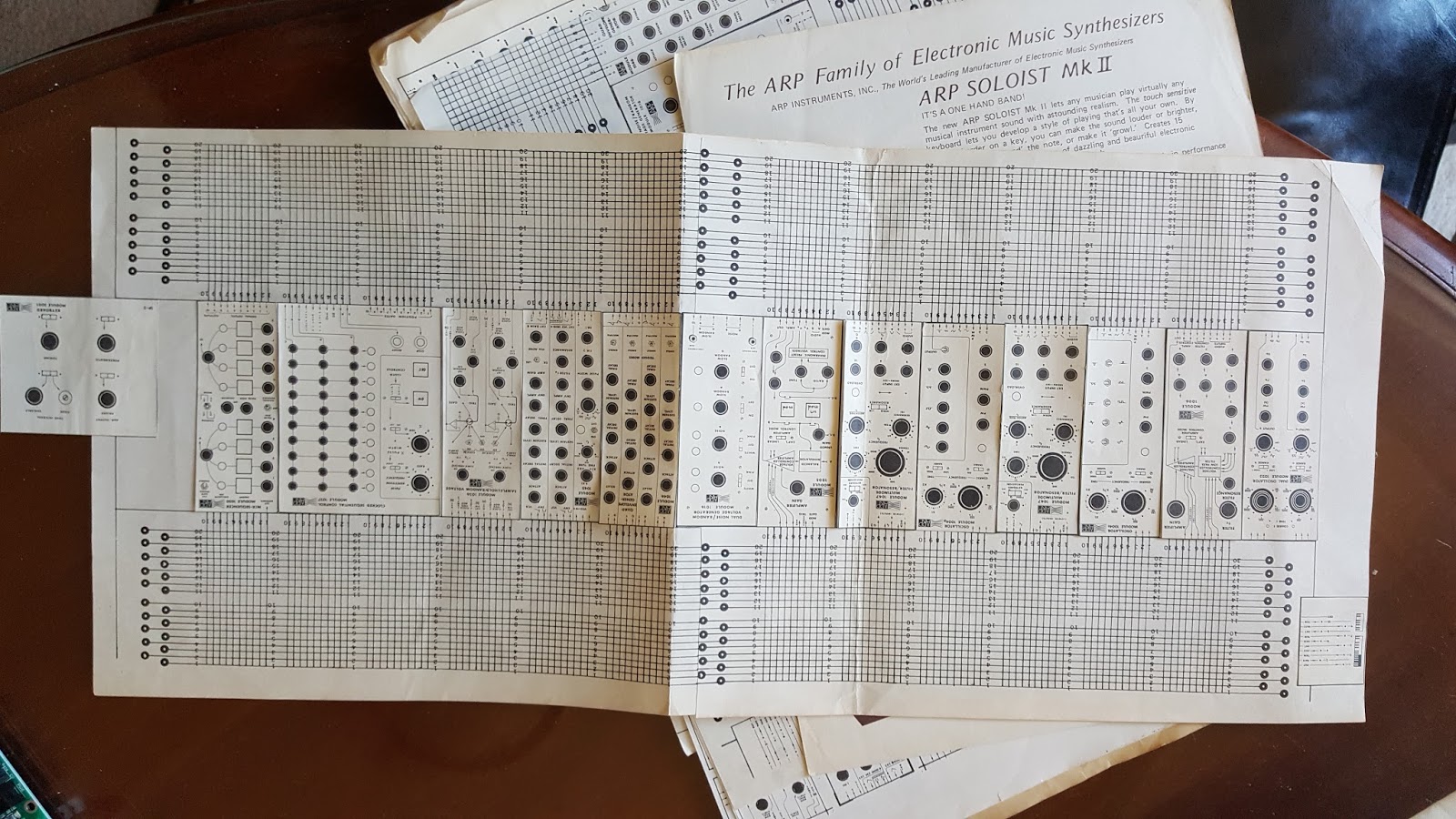Graphic Scores-avant-garde
Graphic scores in 20th century avant-garde
John Cage will be the center figure of this session. Not only due to its the 20th century Western avant-garde music, but moreover, due to the extensive of his exploration of graphical scores, which range from more conventional open scores to systems for generating scores.
why graphic scores
Keeping the focus on music or sound art, it should be asked why are graphic scores needed? Why were they employed in musical composition?
The immediate answer might simply be to express compositional approaches or ideas in a score that conventional westerner notation is not able to do.
What are the approaches and ideas that graphic scores is better suited to express, than conventional westerner notation?
- description of sound gestures s such noise, extended playing techniques (e.g. rubbing fingers on skin, bowing a cymbal, processing the sound, etc) that fall outside the scope of western musical notation
- description of the instrument configurations and setting of an instrument (e.g. the patch of modular synthesizer or preparation of a piano)
- capacity to change the form of the composition significantly, with each interpretation
- capacity to change the roles and responsibilities of composer and interpret
- instrument configuration
- John Cage Sonatas and Interludes for Prepared Piano (1946-1948) - instrument configuration
- David Tudor Rainforest - instrument configuration
- description sounds gestures
- roles and responsibilities
- John Cage Fontana Mix (1958)
- examples from Umberto Eco's Open Work (1962)
- changing form
- John Cage's Theatre Piece (1977)
David Tudor Rainforest (I - 1968)(IV - 1973)

- "sound transformations without the use of electronic modulation: the source sounds, when transmitted through the physical materials, will be modified by the resonant nodes of those materials"
- "The contact mikes on the objects pickup the resonant frequencies which one hears when very close to the object, and then are amplified through a loudspeaker as an enhancement"
- "a large group piece actually, any number of people can participate in it… [E]ach person makes their own sculpture, decides how to program it, and performs it themselves"
- score: diagram describing the connection of the piece's constituent elements
- a piece that can compose itself out of its constituent elements
- indeterminacy


- http://davidtudor.org/Works/rainforest.html
- http://composers-inside-electronics.net/rainforest/rainforest/RAINFOREST.html
- https://www.youtube.com/embed/iT9HP48sHTg
- http://www.getty.edu/research/tools/guides_bibliographies/david_tudor/av/rainforest.html
- Holzer, Derek, and Mads BEch Paulszewski. n.d. “Rainforest 2012.” http://macumbista.net/files/rainforest_overview.pdf
- Driscoll, John, and Matt Rogalsky. 2004. “David Tudor’s ‘Rainforest’: An Evolving Exploration of Resonance.” Leonardo Music Journal 14: 25–30. http://www.jstor.org/stable/1513502
- “Vague Terrain 19: Schematic as Score | Vague Terrain.” 2017. Accessed January 24. http://web.archive.org/web/20150227025105/http://vagueterrain.net/journal19.
John Cage Fontana Mix (1958)
- Initially created for composing tape music
- Luciano Berio's invited Cage to compose a tape piece at the studio of the Milan radio
- The piece/score boroughs its name from Cage's Milanese landlady, Signora Fontana
- Although initially the score was created for composing tape music pieces, Cage understood it could serve other compositional contexts.
- More than a score, perhaps a meta-score, that allowed many scores to be created from it.
- Aria - for single voice
- Sounds of Venice (1959) - performance
- Water Walk (1959) - performance https://www.youtube.com/watch?v=gXOIkT1-QWY https://www.youtube.com/watch?v=gXOIkT1-QWY
- Theatre Piece (1960) - for 1 to 8 performers of any sort (musicians, dancers, singers)
Elements of the score:
- 1 straight line
- 1 graph/grid
- 10 sheets with dots
- 10 sheets with 6 different curved lines: solid or dotted, in 3 different thicknesses

John Cartridge Music (1960)
Score elements:
- 1 page of instructions,
- 4 transparent sheets: one with points, one with circles, another with a circle that looks like a clock face, and a fourth with a dotted curved line with a circle at the end of it
- 20 pieces of white paper with shapes on them.
Placement: superimpose the transparencies over the sheet with shapes to get a determination for playing. You may place the sheets randomly, one on top of the other, only making sure that the circle at the end of the dotted line contains a point outside a shape and that the dotted line intersects at least one point within a shape.
Instruction: Curved dotted line: is read from beginning to end (marked with a circle)
Points and circles represent events in the performance:
- when intersected by dotted line
- points are:
- sounds on (inside a shape) corresponding to that shape
- sounds off (outside a shape) the cartridge, meaning sounds made by other means than those made by the objects in the cartridges
- circles: mark changes of amplitude (inside a shape) or tone (outside a shape)
- circle boundary of a shape: change of object
- points are:
Clock face intersections by dotted line:
- enter: starting time.
- exit: ending time.
http://2.bp.blogspot.com/-5cy6N9OSGoo/UUR2VjRGJJI/AAAAAAAABO8/O8mPxY6Ptis/s1600/John+Cage+-+Catridge+Music.jpg http://www.arh.bg.ac.rs/wp-content/uploads/2015/09/201516_MASA_A23012_STUDIO_M03A_SEMINAR_LOJANICA_o.jpg</nowiki> http://www.jaimeoliver.pe/recipes/archaeology/cartridge https://www.youtube.com/watch?v=H_qgsOLnmkk&t=5s https://www.youtube.com/watch?v=VaNHAswN2hU http://exhibitions.nypl.org/johncage/node/203
- Chance and indeterminacy
- Open scores and system scores (the score as a program or a programming language)
- Shifting relationship: composer -> interpreter
- Ambiguity: Cornelious Cardew's Treatise
- Interpreting Cage's Fontana Mix a Theater Piece a score and performing it
